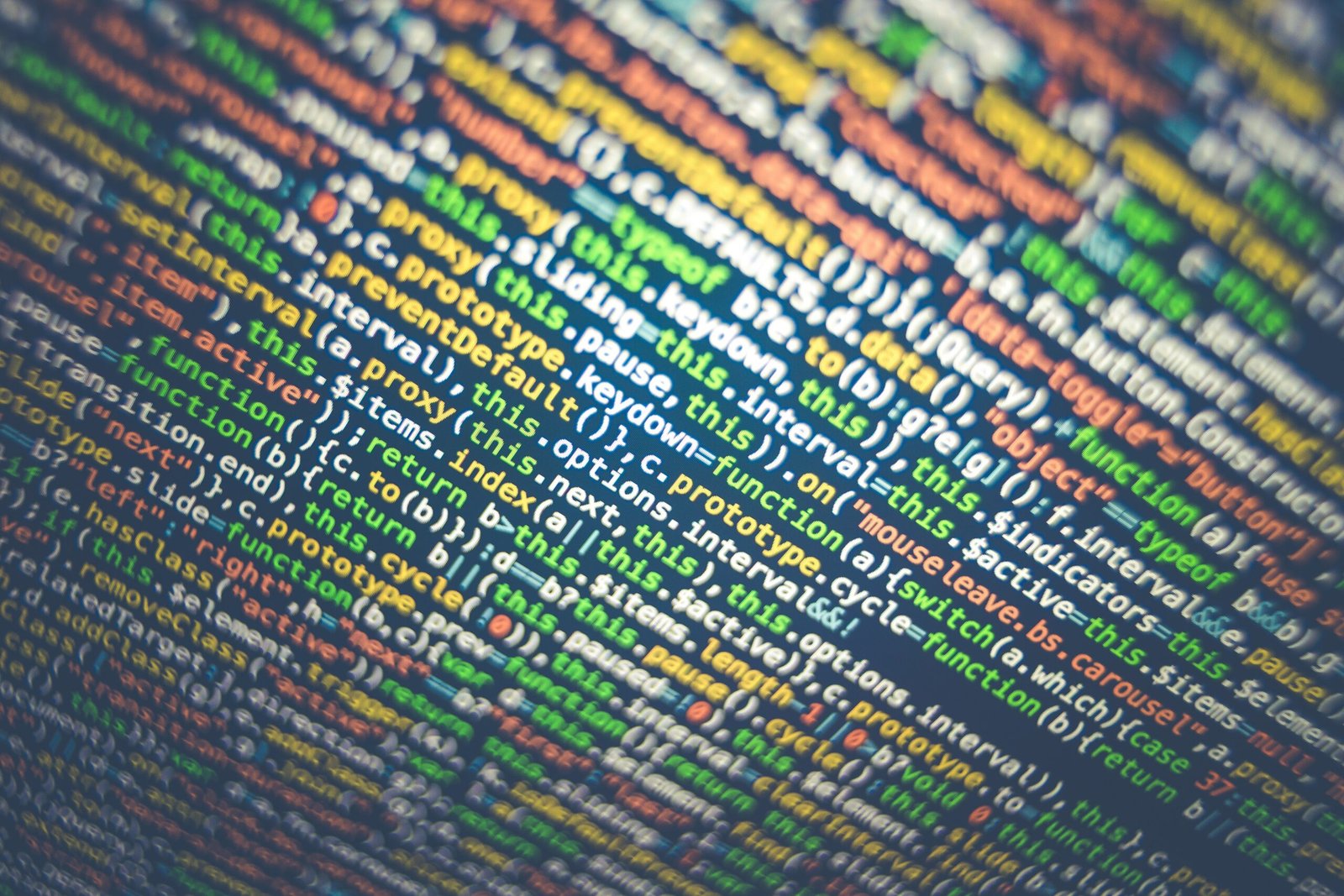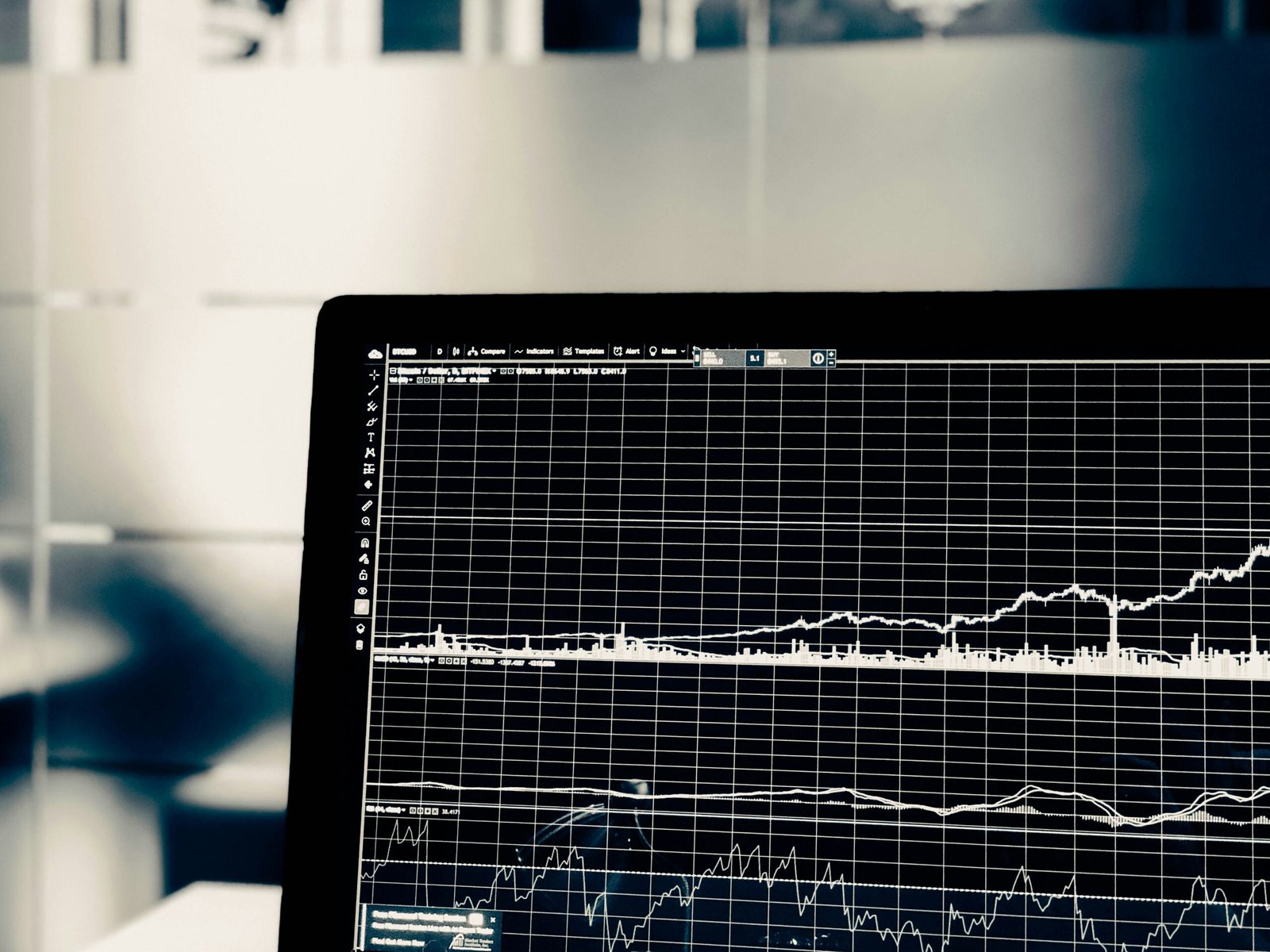Introduction to Deepfakes and Cybersecurity
Deepfakes represent a groundbreaking yet alarming development in digital media technology, utilizing artificial intelligence to create hyper-realistic alterations of audio and visual content. These manipulations can produce videos and audio recordings that convincingly mimic real individuals, often leading to challenges in distinguishing authenticity from fabrication. Over recent years, the surge in the accessibility of deepfake tools has escalated concerns across various domains, particularly in cybersecurity.
The emergence of deepfakes can be attributed to advancements in machine learning and neural networks, which have enabled the rapid creation and dispersion of manipulated media. While some applications of this technology may include parody or satire, the implications it carries for security are far more sinister. The potential for deepfakes to be weaponized for malicious intent presents significant risks to individuals and organizations alike. Cybercriminals may exploit these tools to conduct fraud, manipulate public perception, or even impersonate individuals in sensitive communications.
This article aims to equip readers with a comprehensive understanding of deepfakes in the context of cybersecurity. We will explore the technical underpinnings of deepfake technology, its applications, and the increasing frequency of incidents where deepfakes have been employed for nefarious purposes. Key discussions will include the legal and ethical ramifications, as well as the vulnerabilities exposed by this technology. Furthermore, readers will gain insights into protective measures and strategies to mitigate the risks posed by deepfakes, enhancing their preparedness against this evolving threat landscape. Understanding deepfakes is crucial not only for those in cybersecurity fields but also for anyone navigating digital spaces, given their pervasive and growing influence.
The Rising Threat of Deepfakes
The advent of deepfake technology marks a significant challenge in the domain of cybersecurity, as it utilizes advanced artificial intelligence (AI) and machine learning (ML) techniques to create hyper-realistic alterations of audio and visual content. These algorithms can analyze extensive datasets to learn how to manipulate facial expressions, vocal tones, and other nuanced features of individuals’ identities. This capability not only enables the production of convincing fake videos but also raises serious concerns regarding the misuse of information and the potential for malicious applications.
As deepfake technology has evolved, so too have the tactics employed by cybercriminals. Increasingly sophisticated applications have emerged that can create content nearly indistinguishable from genuine material, making it challenging for both authorities and individuals to discern authenticity. The use of these tools has escalated in misinformation campaigns, with real-world examples substantiating the threat. For instance, incidents where deepfakes have been used to impersonate political figures have led to widespread confusion and unrest, illustrating the potential to incite chaos or undermine public trust in institutions.
Moreover, deepfake technology has been exploited in cyber attacks, with scenarios where malicious actors create fake video or audio clips to extract sensitive information or coerce individuals into fraudulent activities. Such instances not only compromise personal security but also threaten the integrity of communication channels within organizations. When organizations become targets of deepfake attacks, they face the challenge of distinguishing genuine communications from manipulations, which can lead to financial losses and reputational damage.
These escalating threats underline the urgent need for organizations to bolster their cybersecurity protocols and incorporate detection technologies capable of identifying deepfake content. As these malicious applications proliferate, enhancing awareness and establishing countermeasures will be paramount in safeguarding sensitive information and maintaining societal trust in digital communications.
Implications for Cybersecurity: Risks and Precautions
The rise of deepfake technology presents several notable implications for cybersecurity, posing risks that could lead to identity theft, reputation damage, and various security breaches. As the quality of deepfakes continues to improve, they have become an effective tool for cybercriminals aiming to exploit individuals and organizations. Research indicates that 29% of companies have reported being targeted by deepfake-related attacks, which signifies a troubling trend in the realm of digital security.
Identity theft is one of the most critical risks associated with deepfake technology. Cybercriminals can create synthetic media that convincingly mimics a person’s likeness and voice, potentially leading to fraudulent activities such as financial fraud or unauthorized access to sensitive information. This not only harms the victim but can also erode trust in legitimate digital transactions and communications.
Moreover, the potential for reputation damage cannot be understated. Deepfakes can be wielded to misrepresent individuals, resulting in baseless allegations or tarnished public images. For organizations, this could mean significant financial losses due to diminished public trust, alongside costly legal repercussions. According to a report by the Carnegie Endowment for International Peace, malicious deepfakes can further be utilized in misinformation campaigns, exemplifying the growing risks associated with manipulated digital content.
To mitigate these threats, individuals and organizations should adopt several key precautions. Implementing training programs aimed at raising awareness about deepfakes and their implications is paramount. Such initiatives could empower employees to recognize deceptive content, establish protocols for verifying authenticity, and promote skepticism toward unverified communications. Additionally, utilizing advanced verification technologies, such as watermarking or artificial intelligence detection tools, can enhance the integrity of digital media. Maintaining consistent awareness of best practices can play a crucial role in protecting sensitive information from the rising tide of manipulated media.
Conclusion and Call to Action
In conclusion, the rise of deepfakes presents significant challenges within the realm of cybersecurity. As we have explored, deepfake technology enables the creation of highly realistic yet fabricated media, which can be leveraged for misinformation, fraud, and reputational damage. The implications for cybersecurity are profound, as organizations and individuals can find themselves victims of manipulative tactics that undermine trust and security. This not only jeopardizes personal privacy but also poses strategic risks for businesses and institutions reliant on credible information.
The understanding of deepfakes and their potential threat must be prioritized in today’s digital landscape. Vigilance and proactive measures are essential in identifying and mitigating the risks associated with this technology. Implementing robust security protocols, fostering awareness about the dangers of deepfakes, and embracing tools that can detect falsified content are crucial steps toward guarding against these emerging threats. Additionally, collaboration among cybersecurity professionals, policymakers, and academic researchers is vital in developing comprehensive strategies tailored to navigate the complexities introduced by deepfake technology.
As responsible digital citizens, we encourage you to engage with this critical conversation. Share your thoughts or experiences concerning deepfakes and cybersecurity in the comments section below. Your insights can contribute to a broader understanding of the implications of this technology. Furthermore, we invite you to share this article on social media to help raise awareness regarding the increasing threat posed by deepfakes. Collective action and awareness are key in combating the challenges presented by this evolving phenomenon.









